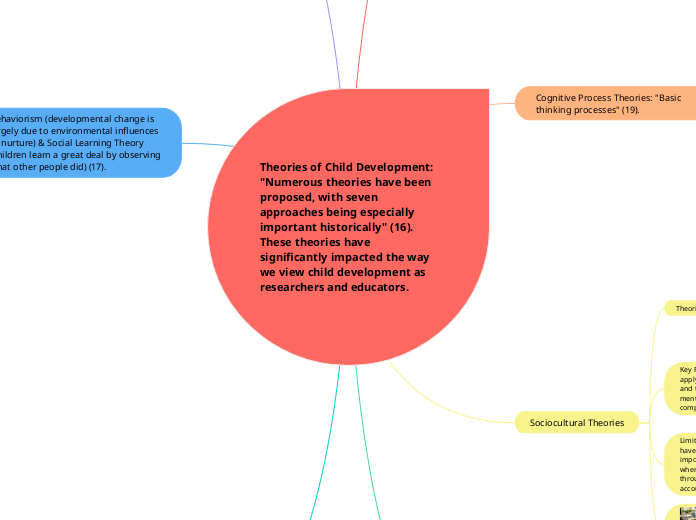por Nancy Chaffin hace 1 año
270
Theories of Child Development: "Numerous theories have been proposed, with seven approaches being especially important historically" (16). These theories have significantly impacted the way we view child development as researchers and educators.
Theories of child development have shaped our understanding of how children grow and learn, with several key approaches standing out historically. One such influential theory is the Psychodynamic Theory, which emphasizes the interaction between a person'









